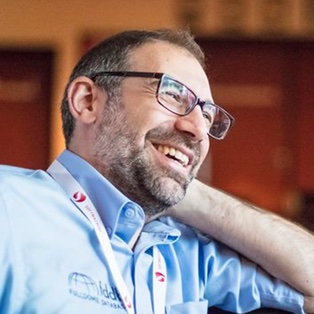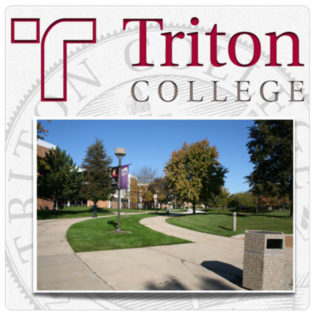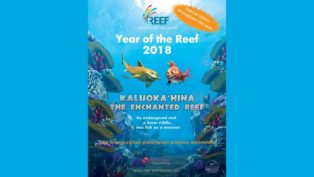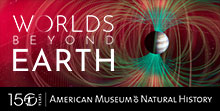FDDB at the 2025 Japanese Planetarium Association Conference in Osaka
From June 16 to 18, 2025, FDDB had the honor of participating in the annual conference of the Japanese Planetarium Association (JPA) — a landmark event that brought together more than 250 planetarium professionals from across Japan at the Osaka Science Museum and the Nakanoshima Museum of Art.
In a country with more than 300 fixed planetariums — over 20 in the Tokyo area alone — the Japanese planetarium community is deeply rooted, and the JPA conference reflected that richness, both in its professional presentations and its human warmth.
Nearly all attendees came from fixed planetariums — mobile domes were not many. And while a few Western vendors were present via local dealers, the event’s tone was refreshingly low-pressure. There were no sales pitches, no "we were the first to…" declarations — just professionals sharing ideas and experience.
Highlights from the Conference
The fulldome screenings held during the first day in Osaka Science Museum's planetarium – an hybrid system by Konica Minolta – stood out as a deeply enriching experience. The contrast with Western productions, both in terms of visual style and style of storytelling, was profound and getting contaminated by these differences opens up opportunities for cross-cultural inspiration and collaboration.
Equally surprising was the general acceptance of giant-screen-to-dome transfers. In Western contexts, such transfers (which leave a black void behind the audience) are often met with skepticism. In Japan, however, they were appreciated as viable and valuable content, especially when repurposed with care.
The poster presentations and sessions offered a rich tapestry of innovation, reflection, and cultural specificity. Here are just a few highlights from the rich lineup of talks and poster sessions:
- Sendai Astronomical Observatory presented two engaging outreach programs: one where visitors use their smartphones to photograph the simulated night sky from inside the dome, and another where middle school students observe real celestial objects through telescopes immediately following dome-based lessons. These hands-on experiences aim to strengthen public and student engagement with astronomy.
- Gifu City Science Museum unveiled its brand-new digital planetarium system and showcased original content inspired by the "Nagata Meteorite," combining immersive space journeys with local scientific heritage.
- Fuchu Kyodo no Mori Museum shared its strategy to boost planetarium attendance among general museum visitors through original live-commentary programs, reflecting a growing trend of personalization in astronomical storytelling.
- Sendai Astronomical Observatory’s “Geocentrism – Understanding the Cosmos through Planetary Motion” was a standout example of content aimed at scientifically curious adults, using current celestial events to inspire both wonder and critical thinking.
- Chino City’s Yatsugatake Museum emphasized the importance of local star lore and traditional Japanese star names, creating a fulldome show and exhibition that tied celestial knowledge to regional history and identity — a beautiful example of cultural astronomy at work.
- A fascinating initiative from Astrolab/Polano LLC compared historic Zeiss projectors still operating in Japanese domes. Their research highlighted technical and stylistic differences rooted in East and West German engineering, as well as efforts to recreate these projectors using 3DCG for centennial programming.
- The moving presentation by Hoshi Tsumugi no Mura detailed how their portable dome and workshops bring the stars to children in hospitals, care homes, and special needs schools. Some participants had never seen the night sky before — making this work not only inclusive, but also emotionally transformative.
- At Munakata Yurix Planetarium, the team shared smart strategies for accommodating students with sensory sensitivities or visual impairments, from improved lighting communication to calming pre-visit materials — showing how thoughtful design can make the dome more welcoming to all.
- Kurashiki Science Center introduced two DIY tools designed to make planetarium work smoother: a USB-connected remote for PowerPoint and a drag-and-drop image viewer that simplifies supplementary projector usage — both of which will be made freely available to the community.
- Ehime Museum of Science showcased their creation of all-sky photographic star maps using DSS data and Gaia catalogs — impressive tools that combine science communication with high-precision data visualization.
- A practical report from Kushiro Kodomo Yugakukan evaluated over 40 universal design (UD) fonts for clarity and legibility in domes, offering real-world insight on how small changes in typography can improve accessibility for all audiences.
- Nagoya City Science Museum walked through their long-standing efforts in digital education, including web-based constellation finders, AR experiences with asteroid Ryugu, and highly detailed 3D viewers — many of which are free to the public and widely used in educational settings.
- Osaka Science Museum presented their Smart Telescope Handbook, a free educational guide for teachers and students on using affordable smartphone-connected telescopes to explore the night sky. This open-source publication generated strong interest across generations.
- Bando Kobe Youth Science Museum shared the results of a large-scale planetarium renovation and its transition into a multipurpose immersive venue for concerts, public lectures, and dome-based education — signaling a growing trend of diversification in dome usage.
- A case study from Onikuru Planetarium discussed their evolving strategy to balance public-private use of their dome in a designated management facility, covering the challenges of creating independent programming while also serving rental users from the community.
- The Kanto Planetarium Working Group reported on their annual residential retreat in the Yatsugatake mountains, offering a behind-the-scenes look at grassroots professional development among Japanese planetarium operators.
- A notable poster titled “The Planetarium for People Who Don’t Go to Planetariums” introduced the hoshicafe SPICA in Osaka — a venue that blends astronomy and social nightlife, attracting young audiences through a hybrid format of stargazing and entertainment.
Creative Differences: A Valuable Exchange
Despite a significant language barrier, the JPA team made extraordinary efforts to create an inclusive environment. Translation apps helped, albeit imperfectly — but the spirit of connection and mutual respect transcended words. It was a privilege to witness the immense pride this community takes in the planetarium world, and the thoughtful dedication with which it serves audiences of all kinds.
With IPS 2026 in Fukuoka on the horizon, it was clear that the Japanese organizers are deeply committed to hosting an exceptional event. Their passion is evident, and they will undoubtedly deliver — but they will need the support of the global community, and knowing our field, that support will come.
Because that’s what these events are truly about: building bridges. Sharing methods, opening minds, and most of all, fostering lasting connections and friendships across borders. In that spirit, participation is not just worthwhile — it's essential.
A heartfelt thank you goes to Isshi Tabe and the entire JPA team for the warm invitation and impeccable organization. A special shoutout to Masaru Hirohashi and Takumi Inoue, whose kindness and enthusiasm during my stay in Japan made the experience unforgettable.
We are lucky to work in such a special industry.
Have you liked this post? Subscribe to FDDB Newsletter
Sign up now, it's free!


















